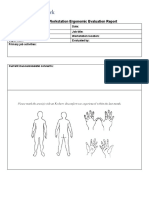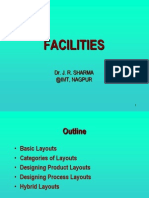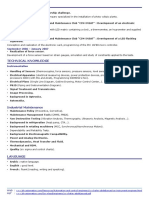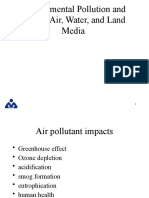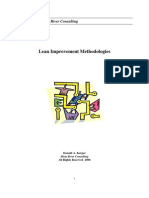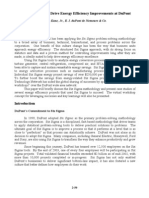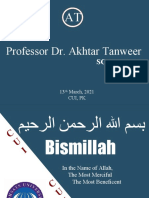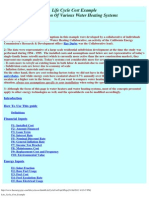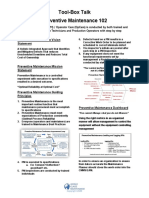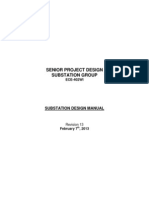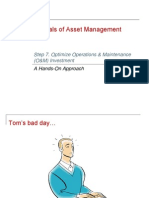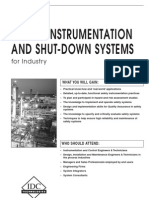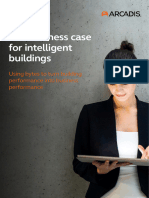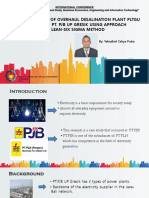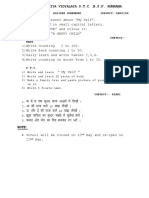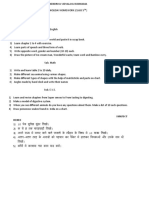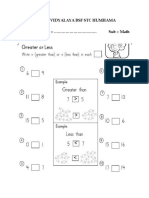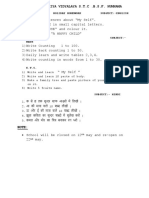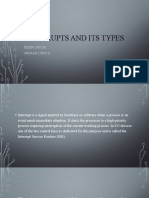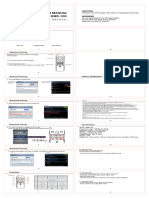0% found this document useful (0 votes)
95 views9 pagesControl Room Modernization
This document discusses control room modernization and human factors considerations. It describes a DOE program to help utilities safely extend the operating lives of nuclear power plants through projects like control room modernization. The program aims to develop evaluation frameworks to help utilities meet regulatory requirements. Challenges include applying human factors processes intended for new builds to existing plant upgrades. The document proposes additional activities utilities could perform and outlines a GONUKE evaluation phase model for control room design and testing.
Uploaded by
Girish JhaCopyright
© © All Rights Reserved
We take content rights seriously. If you suspect this is your content, claim it here.
Available Formats
Download as PDF, TXT or read online on Scribd
0% found this document useful (0 votes)
95 views9 pagesControl Room Modernization
This document discusses control room modernization and human factors considerations. It describes a DOE program to help utilities safely extend the operating lives of nuclear power plants through projects like control room modernization. The program aims to develop evaluation frameworks to help utilities meet regulatory requirements. Challenges include applying human factors processes intended for new builds to existing plant upgrades. The document proposes additional activities utilities could perform and outlines a GONUKE evaluation phase model for control room design and testing.
Uploaded by
Girish JhaCopyright
© © All Rights Reserved
We take content rights seriously. If you suspect this is your content, claim it here.
Available Formats
Download as PDF, TXT or read online on Scribd
/ 9

